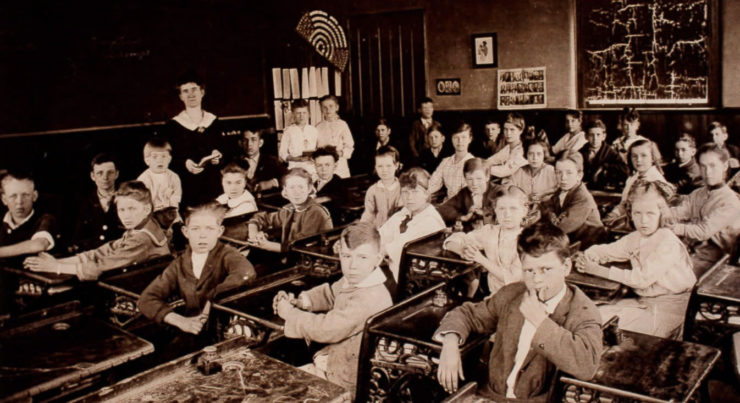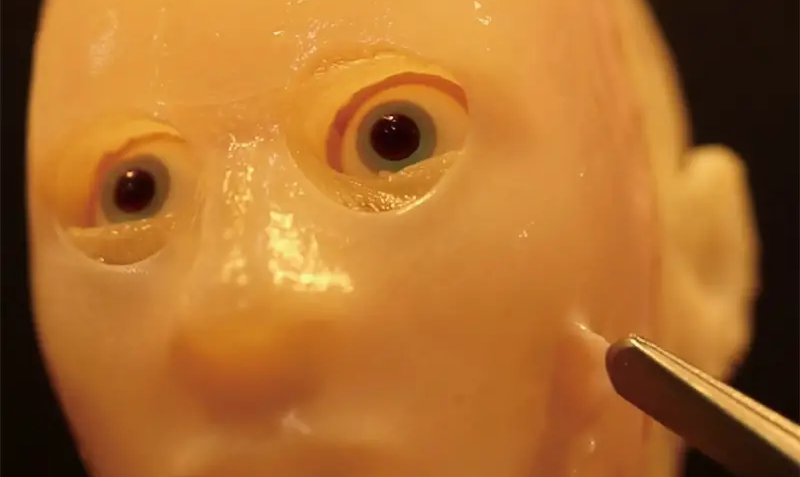“It’s fine to celebrate success but it is more important to heed the lessons of failure.”— Bill Gates
In 1917, there were two major things that happened that would forever change the face of education: The Smith-Hughes Act, and the Army Alpha and Army Beta testing.
This article was written by John Crestani.
But before we dive further into these two topics, let’s first take a look at a few smaller things that exemplify the differences between 1917 and 2017.
- World Literacy Rates
– 1917: The world literacy rate was 23%.
– Today: Depending on estimates, the world literacy rate today is 86.1%.
- Travel Time
– 1917: It took 5 days to get from New York to London, and 3.5 months to travel from England to Australia.
– Today: A flight from London to New York takes a little over 8 hours. England to Australia takes less than one day.
- Average Price for a home in the United States
– 1917: The average price of a home in America was $5,000 ($111,584.29 adjusted for inflation).
– Today: As of 2010, the average price of a new home in America was $272,900.
- The First Hamburger
– 1917: The hamburger bun was invented by a fry cook named Walter Anderson, who co-founded White Castle.
– Today: Americans consume three hamburgers per-week.
The Smith-Hughes Act was adopted in 1917 and it provided federal aid to states for the purpose of promoting pre-college vocational education in trade-skills, agricultural, and home economics.
In the late 19th century, a number of groups in America began to advocate for the creation of vocational-education programs (reflecting the belief in the moral, educational, and practical value of hard-work and industriousness). Businessmen and labor unions saw vocational schools as a solution to the problems of a shortage of high skilled-laborers, and high unemployment in metropolitan areas. Philanthropists and moral reformers regarded vocational training as an opportunity to modernize a largely agrarian society, and bring them into the Industrial Age.
Although the Smith-Hughes Act helped to expand vocational courses and enrollment in specialized schools in America, it is generally accepted that the goals of the act did not live up to expectations.
The Army Alpha is a group-administered test that was developed by Robert Yerkes and was used on U.S. military recruits in 1917 during World War I. It was introduced to meet the demands for a modern method of evaluating the intellectual/emotional functioning of would-be soldiers. The test measured verbal ability, numerical ability, ability to follow directions, and general knowledge. Scores on the Army Alpha were used to determine a recruit’s capability, his job classification, and his potential for advancements. Army Alpha and Army Beta testing emerged in an effort to gauge the abilities of individual soldiers by measuring their intelligence.
During WWI, the American Psychological Association volunteered to help the war effort, and Yerkes was appointed as part of a committee tasked with developing a mental test that could be given to a large number of military personnel. The Intelligence Quotient (IQ) test proved impractical as a unit of measurement for large numbers of soldiers in determining their particular occupations.
Because the Army Alpha test could be given to a large number of people per day and because psychologists didn’t actually have to administer the test themselves — essentially it resulted in anyone being able to conduct the test themselves, and send the results off for evaluation. In fact, the Scholastic Assessment Test (SAT) was created by some of the very same psychologists that created the Army Alpha test.
Since leaving his job working for an advertising agency, John Crestani has gone on to create WeLearn, an education company that is changing the way the world learns. He lives in Venice Beach, with his wife, and daughter, Lily.





